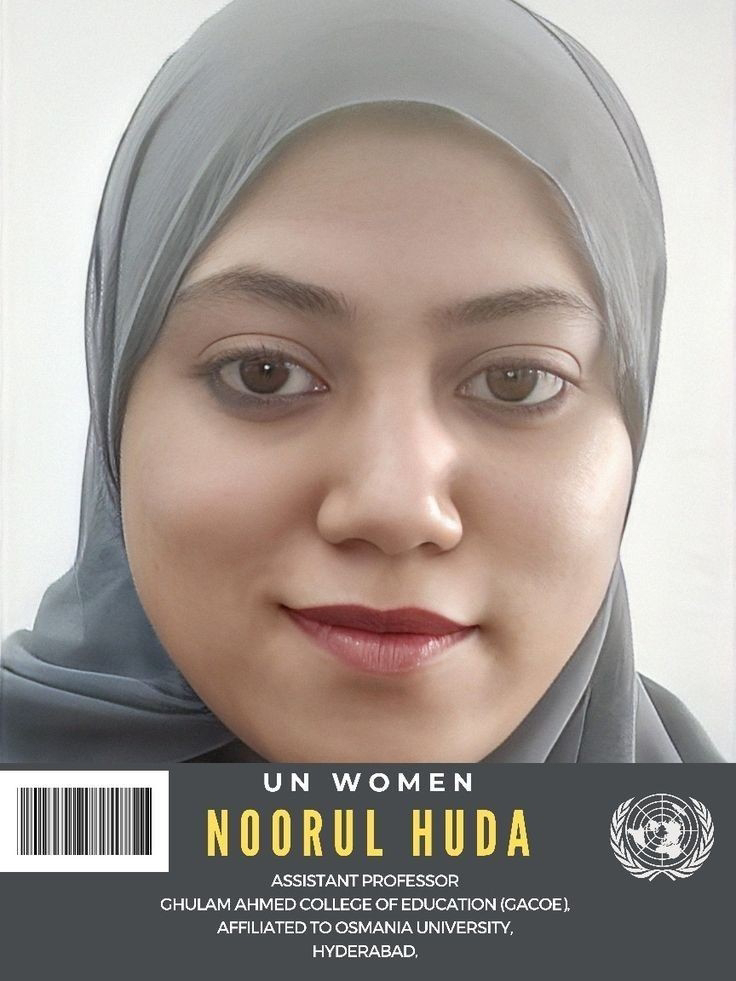NATIONAL PROFESSIONAL STANDARDS FOR TEACHERS (NPST)
Public statement of what constitutes teacher quality
The NPST is a public statement of what constitutes teaching quality and what is required to improve the educational outcomes of students in India. These standards are a set of guiding statements that define the expectation of the role of a teacher at different levels of expertise at different stages of a career. The standards also defines effective teaching and the competencies required to practice as a teacher in 21st century schools at each stage of teaching career.
The NPST will also inform the design of pre-service teacher education programmes. This could be then adopted by States and determine all aspects of teacher career management, including tenure, professional development efforts, salary increases, promotions, and other recognitions. Promotions and salary increases will not occur based on the length of tenure or seniority, but only on the basis of such appraisal. The professional standards will be reviewed and revised in 2030, and thereafter every ten years, on the basis of rigorous empirical analysis of the efficacy of the system.
Further, these standards provide a common understanding of what is valued in the profession and expectations from teachers across the country.
This understanding will inform the following:
▪️Defining the nature of teacher’s work
▪️Creating working and service conditions
▪️Reinventing teacher education programmes
▪️Enabling certification and registration of teachers
▪️Promoting life-long learning and career development
▪️Establishing uniformity of teacher qualification and enabling mobility
▪️Evaluating teacher quality
▪️Supporting teacher motivation
▪️Teacher accountability/duties
Thus, a common set of standards will ensure that there is coherence across policies in the varied matters pertaining to teachers and teaching as a profession.
1.NPST in NEP, 2020
The National Education Policy (NEP) 2020 places the teacher at the center of the fundamental reforms proposed in the education system. The Policy indicates that teachers truly shape the future of our children - and, therefore, all students at all levels of school education must be taught by passionate, motivated, highly qualified, professionally trained, and well-equipped teachers.
To enable this, teachers must be re-established as the most respected and essential members of our society. Everything must be done to empower teachers and help them to do their job as effectively as possible. The very best and brightest must enter the teaching profession at all levels, by ensuring livelihood, respect, dignity, and autonomy, while also instilling in the system basic methods of quality control and accountability.
This will be made possible through the National Professional Standards for Teachers (NPST), an essential policy action as stated in Para 5.20 of the NEP 2020, as indicated below.
2.Para 5.20. NEP, 2020
“A common guiding set of National Professional Standards for Teachers (NPST) will be developed by 2022, by the National Council for Teacher Education in its restructured new form as a Professional Standard Setting Body (PSSB) under the General Education Council (GEC), in consultation with NCERT, SCERTs, teachers from across levels and regions, expert organizations in teacher preparation and development, expert bodies in vocational education, and higher education institutions. The standards would cover expectations of the role of the teacher at different levels of expertise/stage, and the competencies required for that stage. It will also comprise standards for performance appraisal, for each stage, that would be carried out on a periodic basis. The NPST will also inform the design of pre-service teacher education programmes. This could be then adopted by States and determine all aspects of teacher career management, including tenure, professional development efforts, salary increases, promotions, and other recognitions. Promotions and salary increases will not occur based on the length of tenure or seniority, but only on the basis of such appraisal. The professional standards will be reviewed and revised in 2030, and thereafter every ten years, on the basis of rigorous empirical analysis of the efficacy of the system”
© 2024 NCTE | Website is developed & maintained by IT & e-Governance wing, NCTE, New Delhi Last Updated on 19-07-2024











